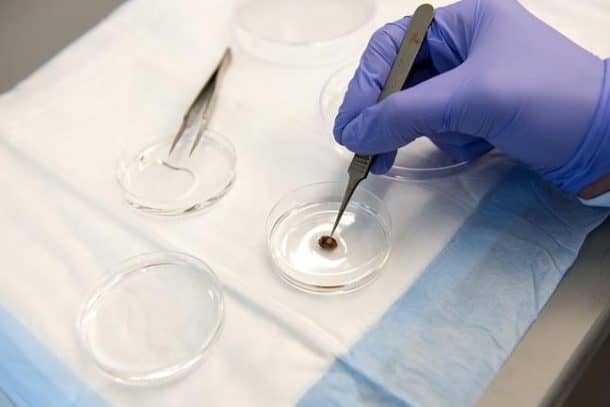Cardiovascular ailments are the most common reason of death around the globe as per the World Health Organization records. A lot of patients survive heart attacks, but tons of problems follow them after that. One of these is the healing of the heart tissue that grows a scar tissue where there has been damage. This scar tissue does not beat thus restricting the heart from beating to its full potential. Scientific investigations at the University of Minnesota have created a patch that lets the heart fully heal. The complete findings got published in the journal Circulation Research.
The heart patch is not the first innovation of its kind. Various other researchers are developing similar patches. Their uniqueness lies in the rate of heart healing with minimum scar tissue growth. This one is different from the others as it is 3D-bioprinted with the native structural proteins of the heart. A scaffolding-like structure form with the stem cells, which then seeds with cardiac cells derived from stem cells, establishing a patch that is like the cardiac tissue in both structure and material with functioning heart cells, unlike the dead scar tissue.
Source: University of Minnesota
The testing performed by placing a patch on the mouse heart suffering from a simulated heart attack gave positive results. In a matter of four weeks, the mouse heart was seen to have a significant increase in functional capacity. When the healing was complete, the patch was absorbed in the body, so there is no need for another surgery to remove it.
The lead researcher of the study, Brenda Ogle who is an associate professor at the University said, “We were encouraged to see that the cells had aligned in the scaffold and showed a continuous wave of electrical signal that moved across the patch.” The team is working on making a larger piece to test on a pig’s heart.
Apart from the University of Minnesota team, the University of Alabama-Birmingham and the University of Wisconsin- Madison were also involved in the research.
Watch the beating cells of the patch in the video below:
Source: University of Minnesota



